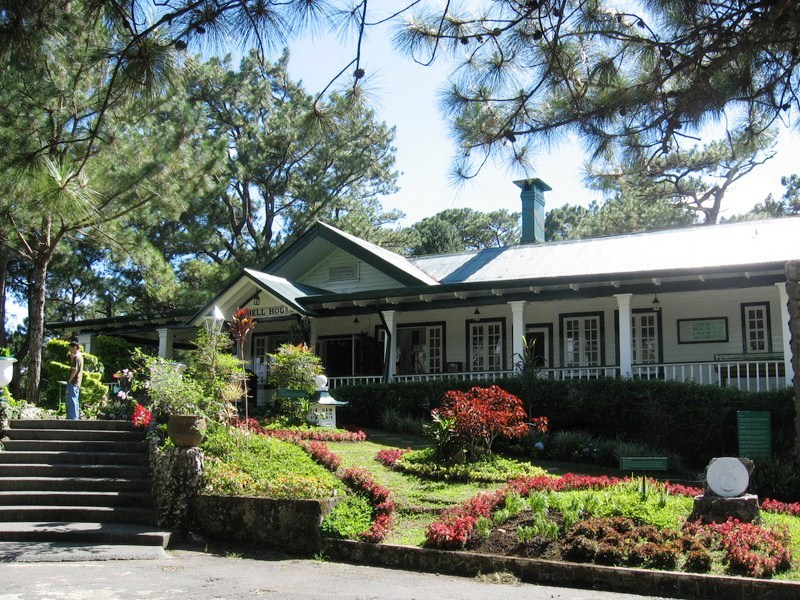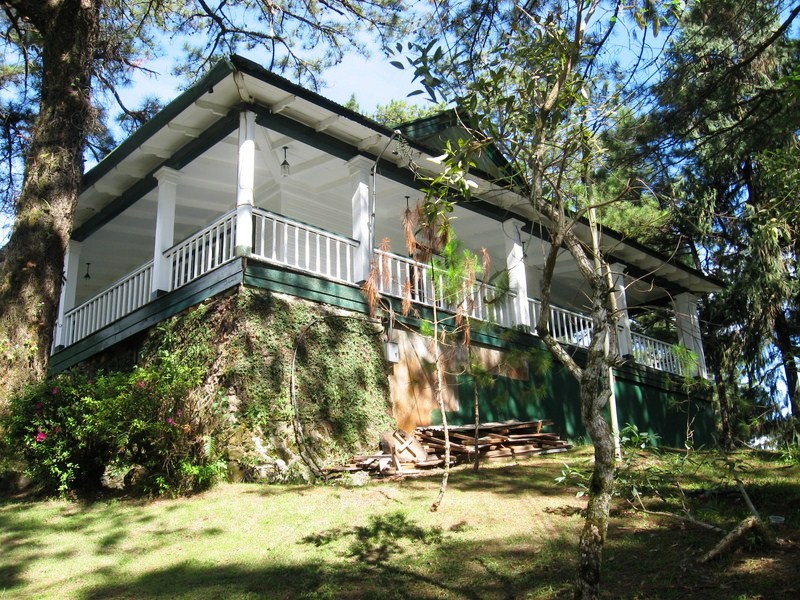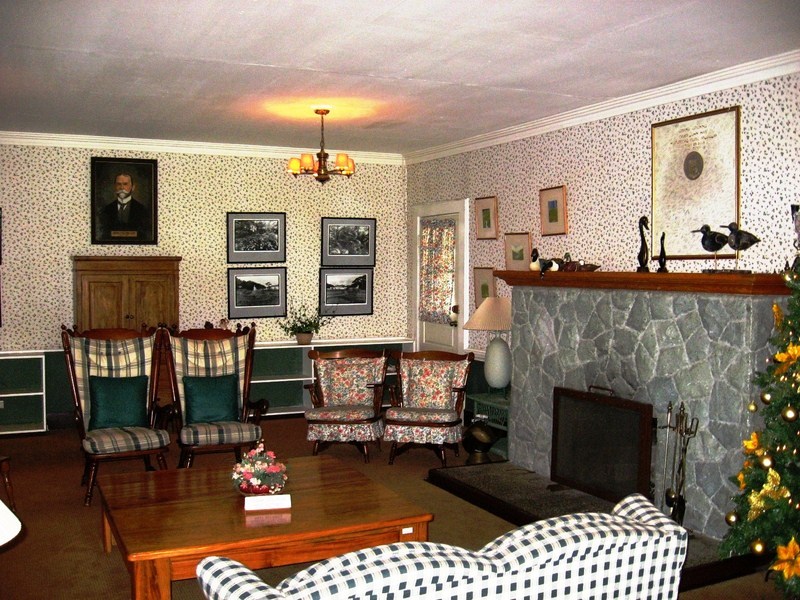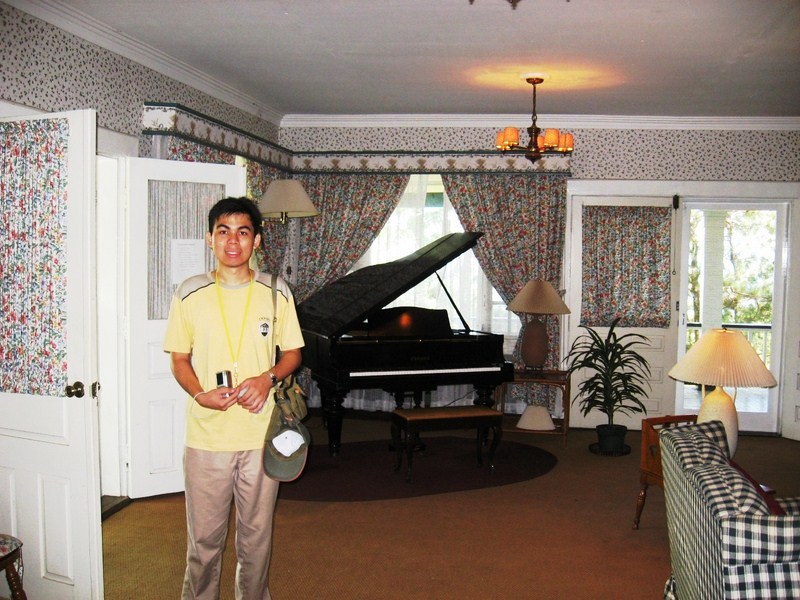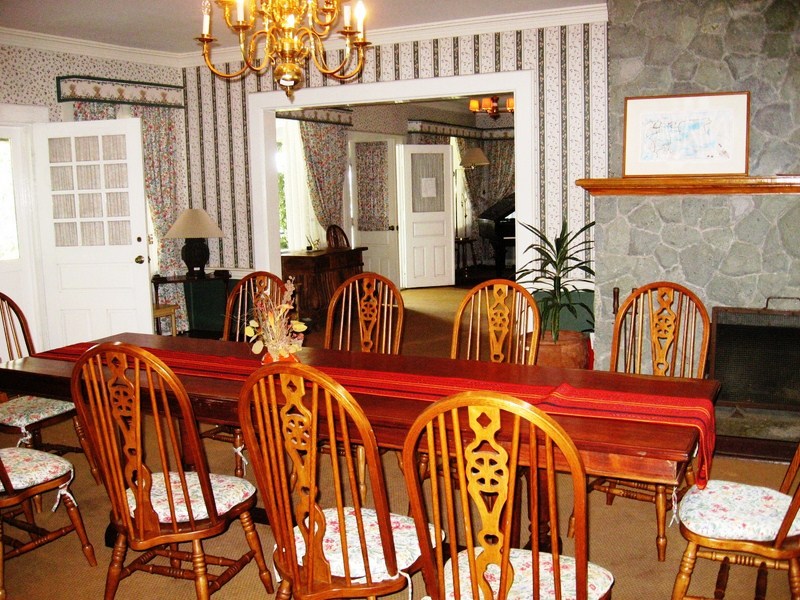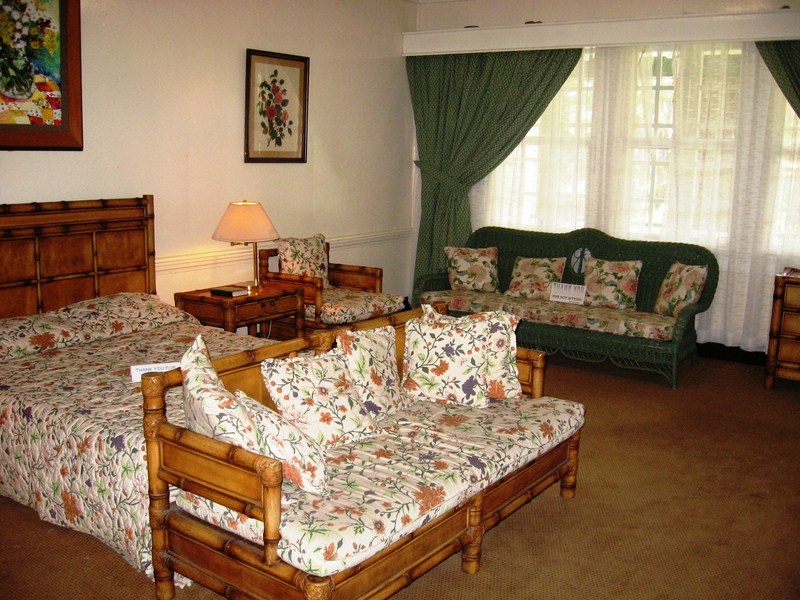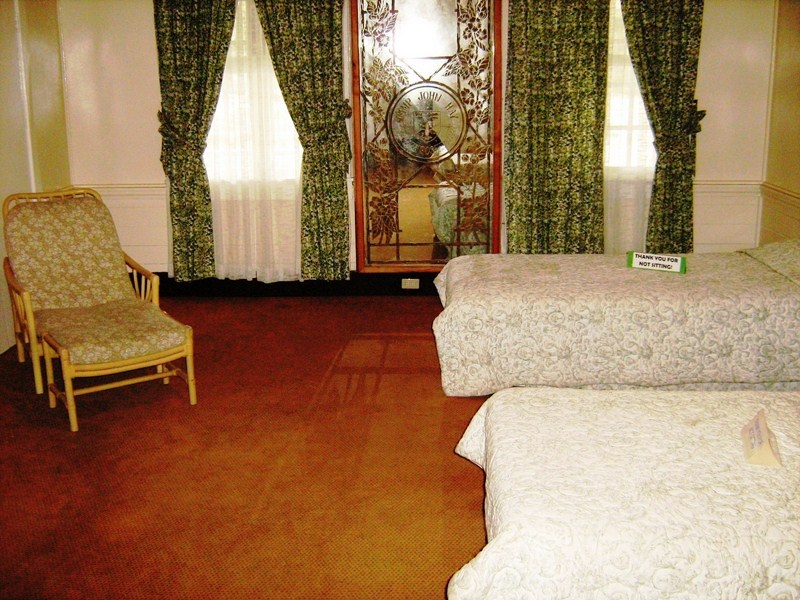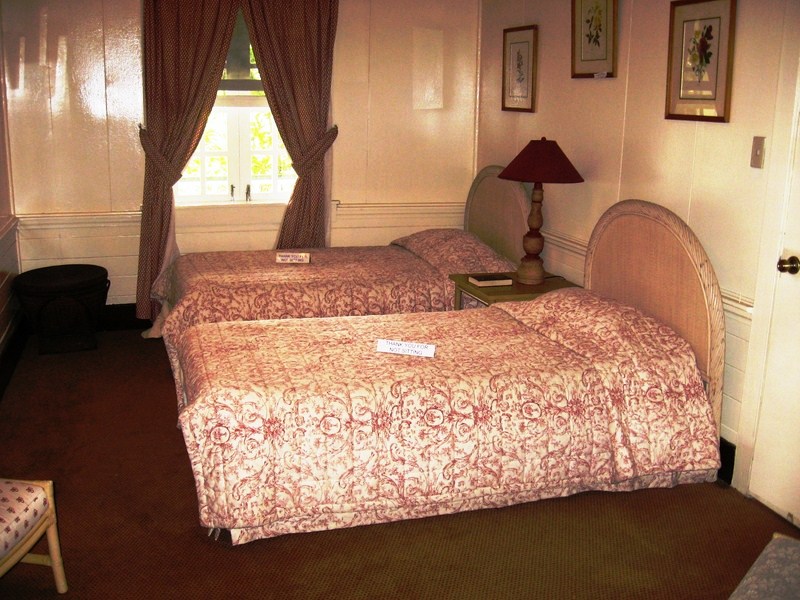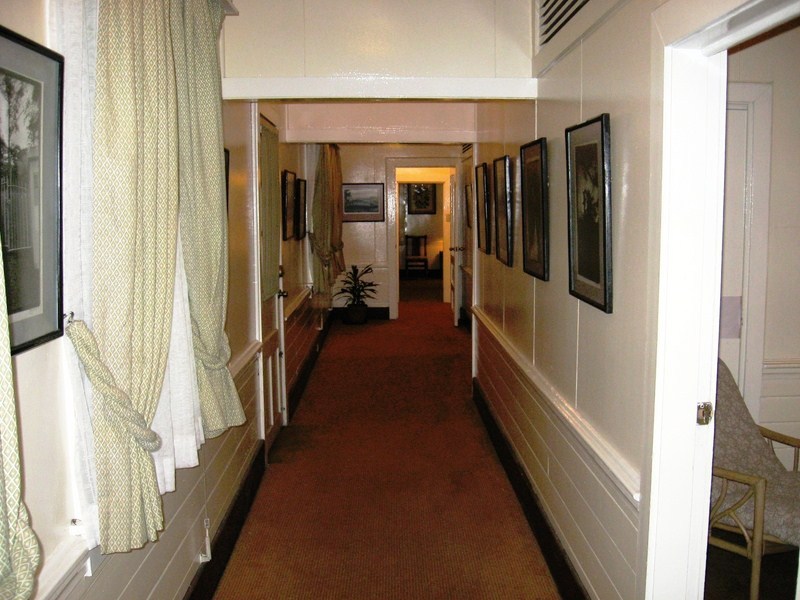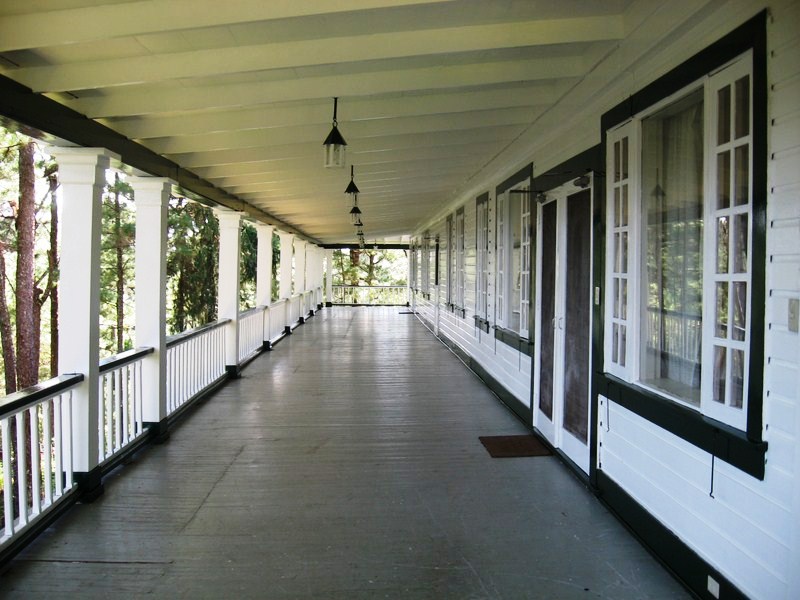Our first stopover at the Philippine Military Academy was at Relics Point, a favorite for military hardware lovers including me. Here, you can see and touch (and actually ride) the real McCoy as on display are actual U.S. and U.K-made armored tracked or wheeled vehicles and U.S., French, Dutch and Japanese-made howitzers and mortars.
| Me beside an Armored Infantry Fighting Vehicle |
| Landing Vehicle Tracked 4 (LVT) |
| V-150 |
| Sherman M-4A1 Medium Tank |
| M-7 Self-Propelled Howitzer |
| Simba Light Combat Vehicle |
| Jandy trying out the 40 mm. Bofors |
| 75 mm. Mountain Gun |
| 12.2 mm. Light Field Howitzer |
| 105 mm. L3A1 Melara Howitzer |
The U.S.-made 105 mm. L3A1 Malara Howitzer, of Italian design, was adopted by the American in 1939 and used to ward off the Japanese in 1941.
| 105 mm. M101 A1 Howitzer |
The U.S.-made 105 mm. M101 A1 Howitzer was one of the most successful guns ever produced. Between 1940-1953, 10,202 were produced and supplied to 46 national armies. Firing at a rate of 8 rounds per minute, it had a maximum range of 11,200 m..
| 105 mm. M2 Howitzer |
The U.S.-made 105 mm. M2 Howitzer, an improved version of the M1 howitzer, had a lower caliber but with a higher degree of accuracy. It was later replaced by M2A1 which improved its stabilizers.
| 105 mm. M3 Howitzer |
| 120 mm. M120 Mortar |
The U.S.-made 120 mm. M120 mortar, the largest mortar in the U.S. arsenal, was used during World War II against the Japanese. It had a maximum range of 7,240 m.. Although this was used to fire chemical ammunition, it was also used high-explosive (HE) rounds.
| The Aircraft Park |
| Bell UH-1H Helicopter |
| F-8H Crusader Fighter |
The F-8H Crusader fighter has variable incidence wings, all-weather radar autopilot, a sophisticated weapons delivery system and can be equipped with various weapons such as air-to-air missiles, rockets, 20 mm. cannons, M-60 machine guns and 500-lb. bombs.
| SF-260 M (S1A1) |
The 7.1 m. long Aermacchi SF-260 M(S1A1), a basic military trainer first used for flying training, was further modified to load 250-lb. bombs and MA-3 rocket launchers and deployed in combat operations to conduct close air support to ground operations. It had a maximum level speed of 180 knots and had a range, with max fuel, of 890 nautical miles (1,630 kms./1,025 miles).
Fort Del Pilar: Loakan Rd., Baguio City, Benguet

